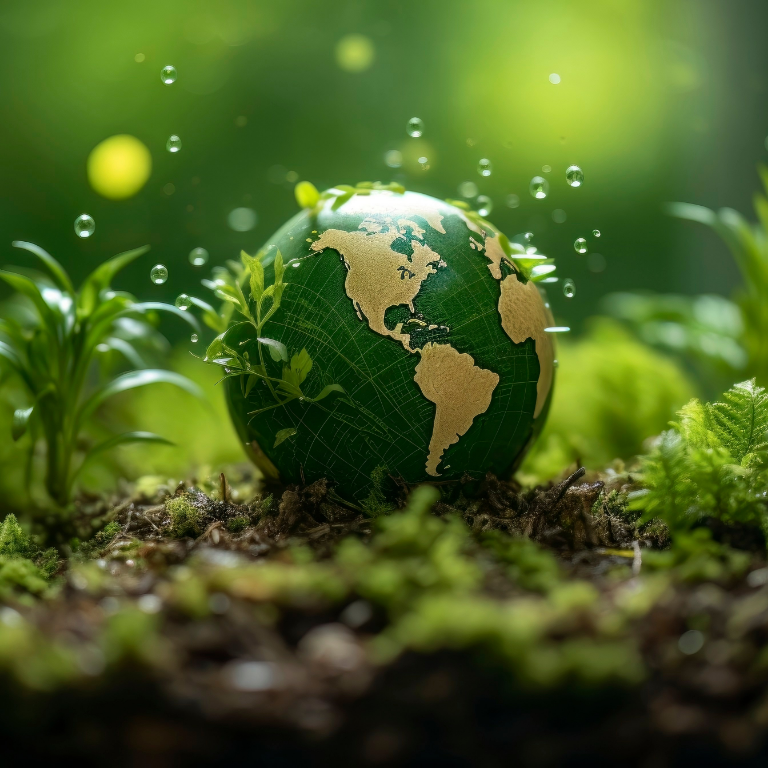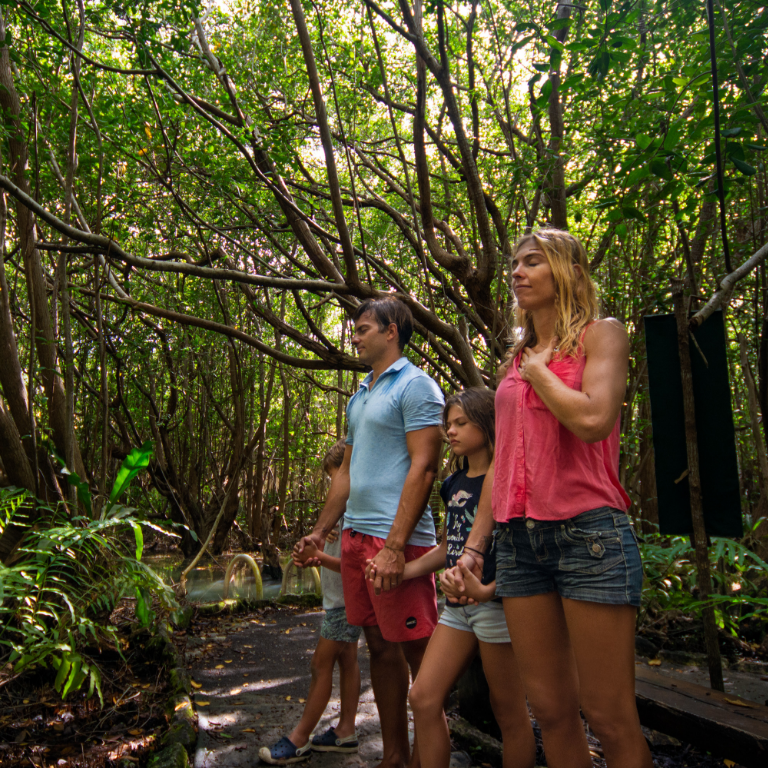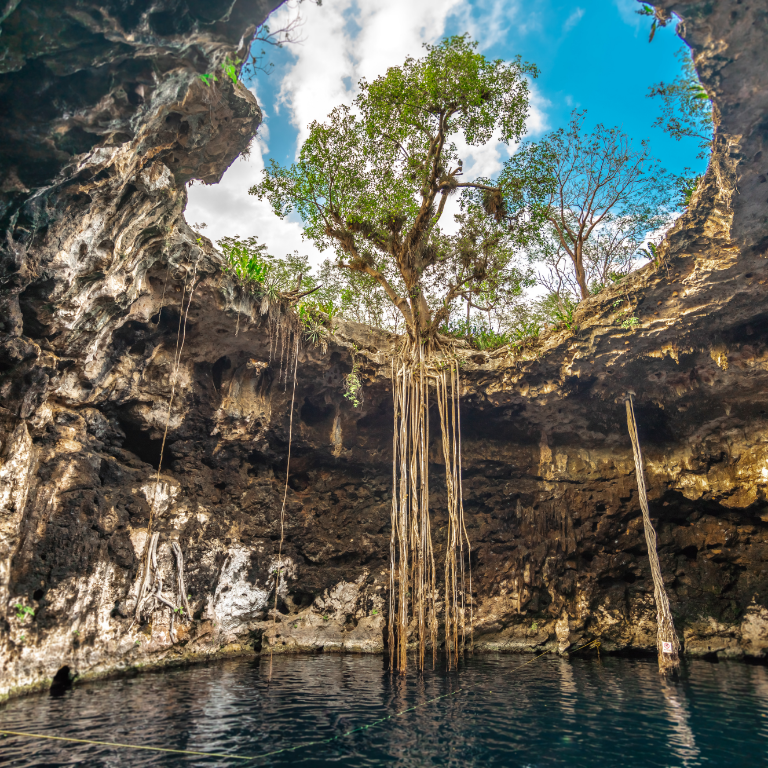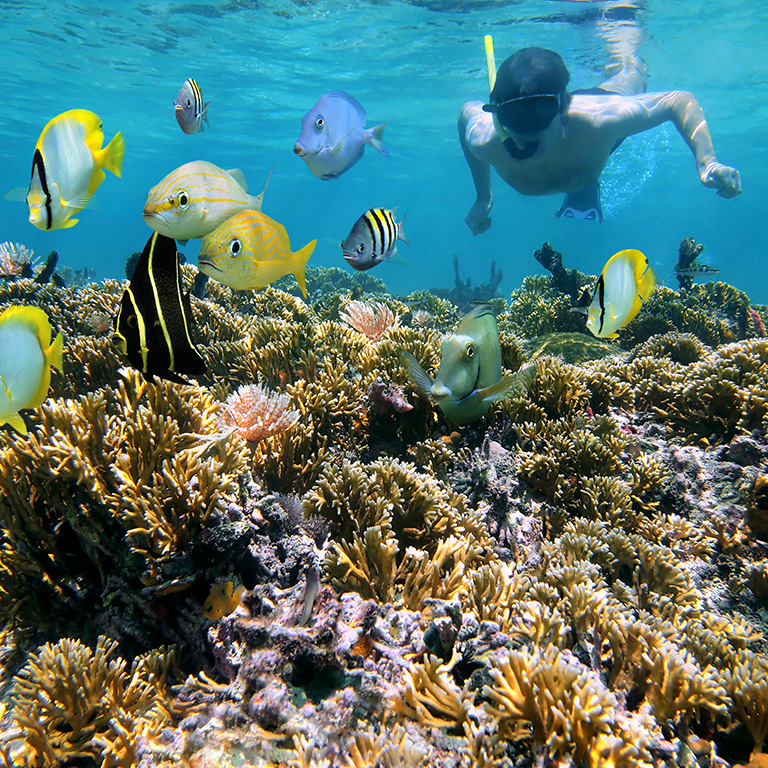
World Reef Awareness Day is a private initiative that promotes knowledge and conservation of coral reef ecosystems, and has been celebrated every year on June 1 since 2019. Known as the rainforests of the sea, reefs are living organisms that provide food and shelter to many forms of marine life, which in turn provide food and resources to nearby coastal populations, as well as preventing powerful waves from reaching the coast. Unfortunately, they are in danger of extinction due to global warming and other factors.
What is a Reef?
In nautical terminology, a reef is a rock, sandbar or other feature that lies 36 feet or less below the surface of the water at low tide, although the reefs we are concerned with here are reefs formed by coral. Coral reefs are underwater structures made of calcium carbonate secreted by stony corals.
The stony coral is a marine creature classified as a polyp that is grouped in various shapes depending on the species, resembling the anemones to which it is related. However, unlike anemones, coral polyps produce carbonate exoskeletons that provide support and protection for their bodies.
Stony coral polyps are food for numerous species and the enormous structures they form provide shelter to many others, constituting ecosystems that, despite covering less than 0.1% of the total area of the oceans, which is equivalent to half the size of France, are home to 25% of all marine species.
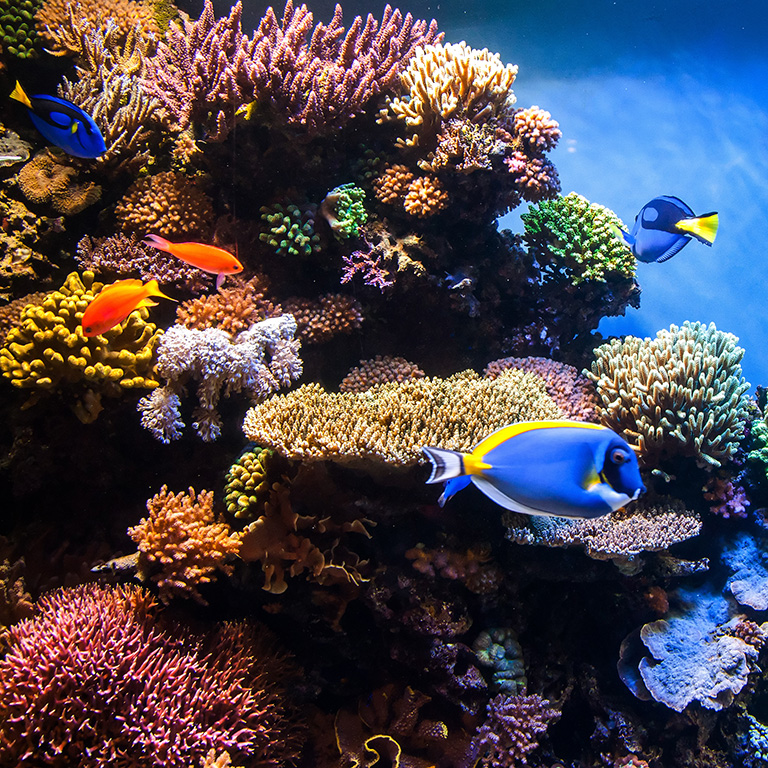
A Rich Threatened Ecosystem
Corals grow best in warm, shallow, clear, sunny and agitated waters but they are very sensitive organisms to changes. It is almost certain that warming ocean waters have caused many polyps to die, leaving their exoskeleton empty, this is called bleaching. A bleached coral reef is a dead reef that offers no food and is too fragile to constitute a refuge, therefore it is not inhabited by other species.
In addition to the above, coral reefs are dying globally due to other factors such as extraction, runoff of agricultural and urban waste into the sea, overfishing and the change in pH due to ocean acidification associated with emissions of greenhouse gases.
The Mesoamerican Reef
It is the second longest barrier reef in the world, after the Australian Great Barrier Reef, and extends from Cape Catoche, north of the Yucatan Peninsula in Mexico, to the coast of Honduras. It is a system of interconnected and interacting marine ecosystems that is of fundamental importance.
In addition to being a source of countless marine resources and ecological services, the Mesoamerican Reef is also the life support system for the region. Simply put, a lack of health and development in the Mesoamerican Reef would result in a lack of health and development for the region and its millions of inhabitants.
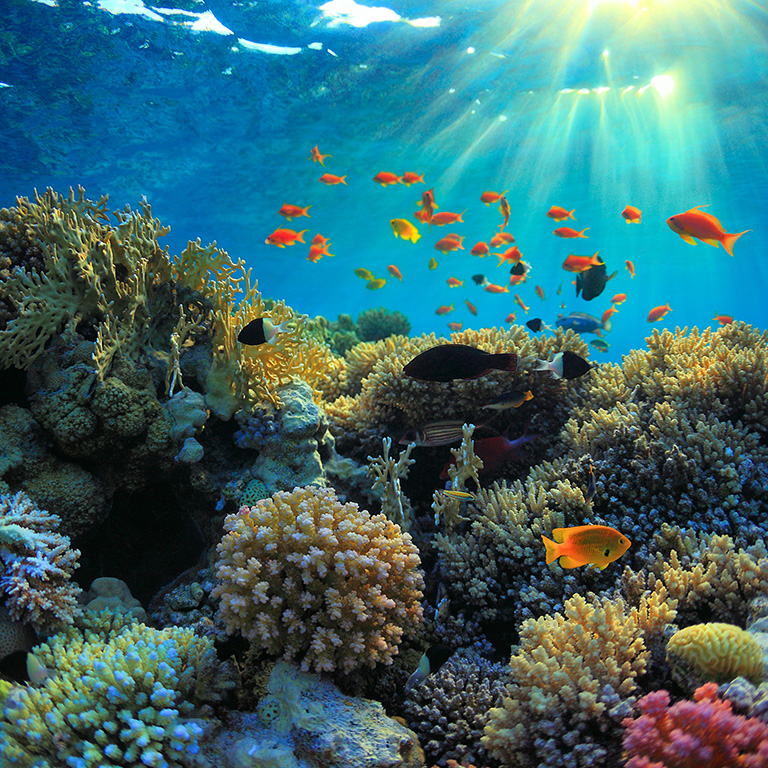
How to Contribute to the Protection of Coral Reefs?
Use reef-friendly sunscreen. Many common ingredients in sunscreens, such as oxybenzone and octinoxate, have been shown to be toxic to corals. Protectants that use non-nano zinc oxide as an active ingredient do not contribute to coral death.
Leave no trace. Recycle and dispose of trash properly, especially plastics. Do not leave unwanted fishing lines or nets in the water or on the beach. Any type of trash can damage the reef and other marine life.
Volunteer! Volunteer to clean up local beaches or reefs. If you don’t live near the coast, get involved in protecting the nearest watershed.

